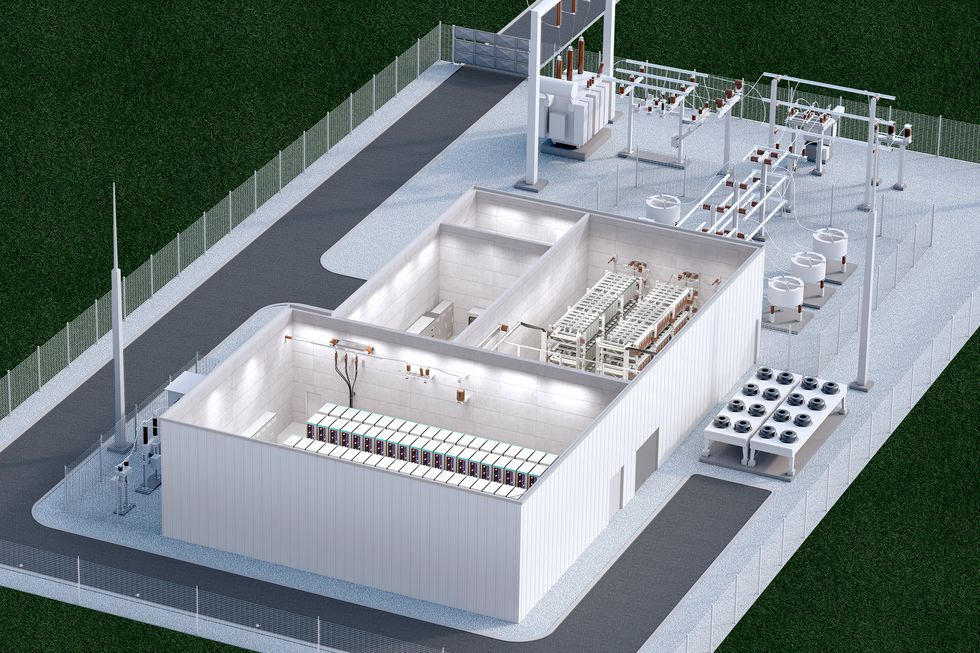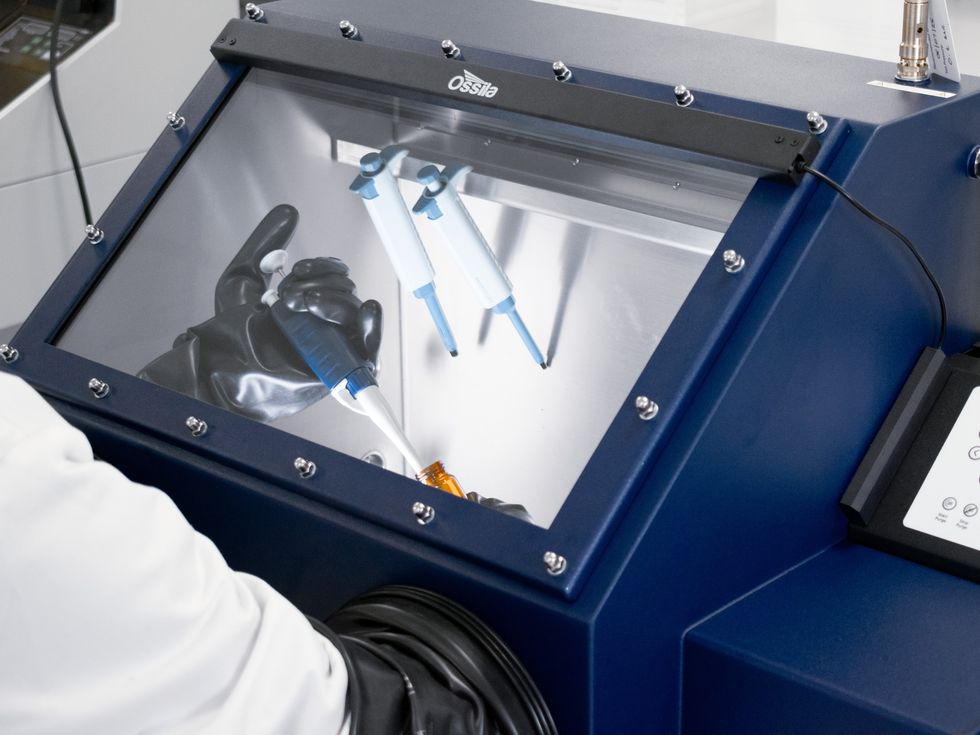Now Reading: Can Supercapacitors Revolutionize AI Energy Solutions?
-
01
Can Supercapacitors Revolutionize AI Energy Solutions?
Can Supercapacitors Revolutionize AI Energy Solutions?

Swift Summary
- AI training in data centers causes rapid,high-energy spikes due to simultaneous GPU computations.
- These spikes strain power grids and are expected to worsen with larger AI language models.
- Traditional solutions like lithium-ion batteries degrade quickly or waste energy on dummy calculations, leading to inefficiencies.
- Supercapacitors have emerged as a potential solution for managing short-term power fluctuations caused by AI workloads.
- Companies like Siemens Energy, Eaton, and Delta Electronics provide supercapacitor products tailored for data center needs:
– Siemens energy’s E-statcom can manage up to 75 MW per unit and lasts 12-20 years.
– Eaton’s XLHV delivers up to 420 kW of dynamic power and offers similar durability.
– Delta Electronics’ Power Capacitance Shelf uses hybrid technology combining lithium-ion features and capacitors for short bursts of support.
- Supercapacitors help smooth power demand on the grid during AI computations,facilitating better integration with renewable energy sources such as solar or wind power.
 AI workloads sometimes use power in bursts; supercapacitors can smooth these fluctuations (red), improving stability.
AI workloads sometimes use power in bursts; supercapacitors can smooth these fluctuations (red), improving stability.
Photo Credit: Siemens Energy
Indian Opinion Analysis
India is increasingly investing in data centers as part of its digital transformation journey while together transitioning toward renewable energy sources for sustainable growth goals (SDG).The introduction of supercapacitor solutions could present an efficient way to address fluctuating demand caused by expanding AI infrastructure without placing undue stress on the grid-a challenge exacerbated by India’s ambitions in both fields.
By smoothing out peaks created by large-scale GPU operations common during AI computations,these technologies would not only reduce dependency on conventional batteries but also optimize grid performance at key junctures where renewables face variability due to weather conditions.
For India-an emerging global player in technology innovation-the adoption of such advanced tools may enhance its ability to scale computational-heavy projects while mitigating risks involving energy reliability across urban development clusters hosting major tech industries.
Adapting proven tools like these ensures compatibility downstream within IT ecosystems experiencing growth across public-private collaborations responsibly aligned toward common environmental deliverables critical globally moving forward cautiously strategic efforts partnerships tighten arrays native economic+operational rational plans!
























